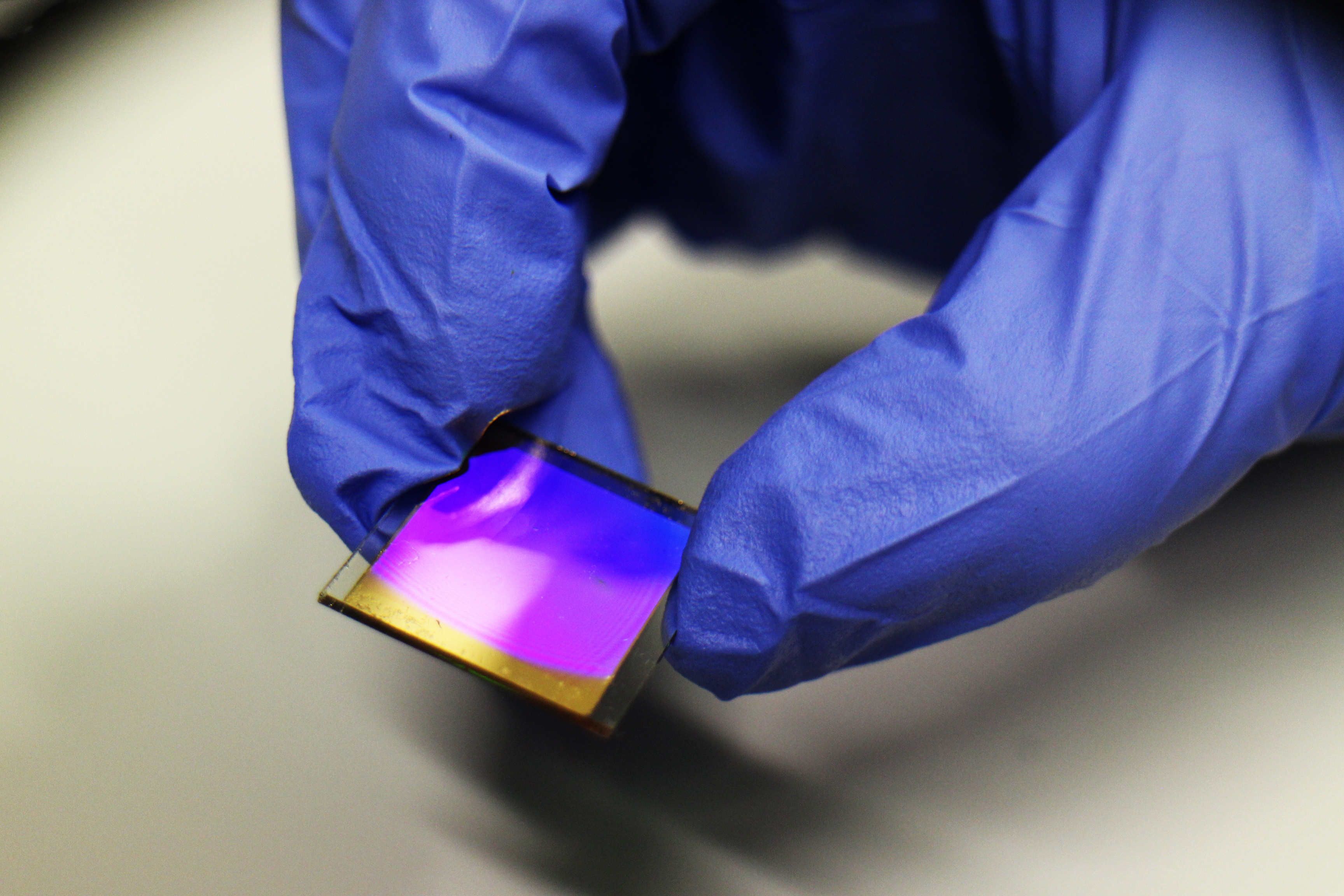
An implantable biosensor that is powered by sugar in the body has recently been developed by researchers from Washington State University. Tracking physiological data, this sensor can potentially be integrated into patients to diagnose and prevent diseases.
Led by Subhanshu Gupta, professor in the WSU School of Electrical Engineering and Computer Science, the research team created a specialized sensor that utilizes a biofuel cell, powered by glucose naturally occurring in the body. Su Ha and Alla Kostyukova of the Gene and Linda School of Chemical Engineering and Bioengineering were responsible for the designing of the cell. Gupta’s research was published in IEEE Transactions of Circuits and Systems.
The sensor utilizes electronics that consume minimal wattage while still yielding very high sensitivity. Gupta claims that alongside the biocell, these electronics are much more efficient than they would be if powered with a traditional battery cell. The continual supply of glucose allows the device to have an unlimited power source. The biocell is also nontoxic, being that no battery acid compounds need to be introduced to the body. Despite this revolutionary technology, the researchers believe that they will be able to inexpensively mass produce the device, making it an affordable solution to patients.
With many common disease detection sensors being superficial, temporary skin patches, or watches that require battery charging, WSU’s sensor benefits from being biofueled and internally embedded. The device cannot fall off or be damaged by external conditions, and simply uses blood sugar as a source of energy. The device also provides an alternative for diabetics who commonly have to prick their fingers to analyze their blood sugar. With this biosensor, diabetics may be able to monitor their blood glucose in a noninvasive manner.
“The human body carries a lot of fuel in its bodily fluids through blood glucose or lactate around the skin and mouth,” Gupta said. “Using a biofuel cell opens the door to using the body as potential fuel.”
Currently, the sensors have only been tested in lab settings, however Gupta and his team hope to display their device’s efficacy in blood vessel testing in the near future. In addition to seeking this regulation approval, the team is also planning to improve the device by increasing the biocell power output. Yuehe Lin and Annie Du from the School of Mechanical and Materials Engineering, and Martin Schiavenato of Walden University also comprised the research team.
“This brings together the technology for making a biofuel cell with our sophisticated electronics,” said Gupta. “It’s a very good marriage that could work for many future applications.”
WSU portable smartphone laboratory detects cancer https://t.co/GpCYRQKLZb #cancer #biosensor #health
— Root Flag (@rootflag) October 25, 2016
Sources: WSU







 © 2025 Mashup Media, LLC, a Formedics Property. All Rights Reserved.
© 2025 Mashup Media, LLC, a Formedics Property. All Rights Reserved.